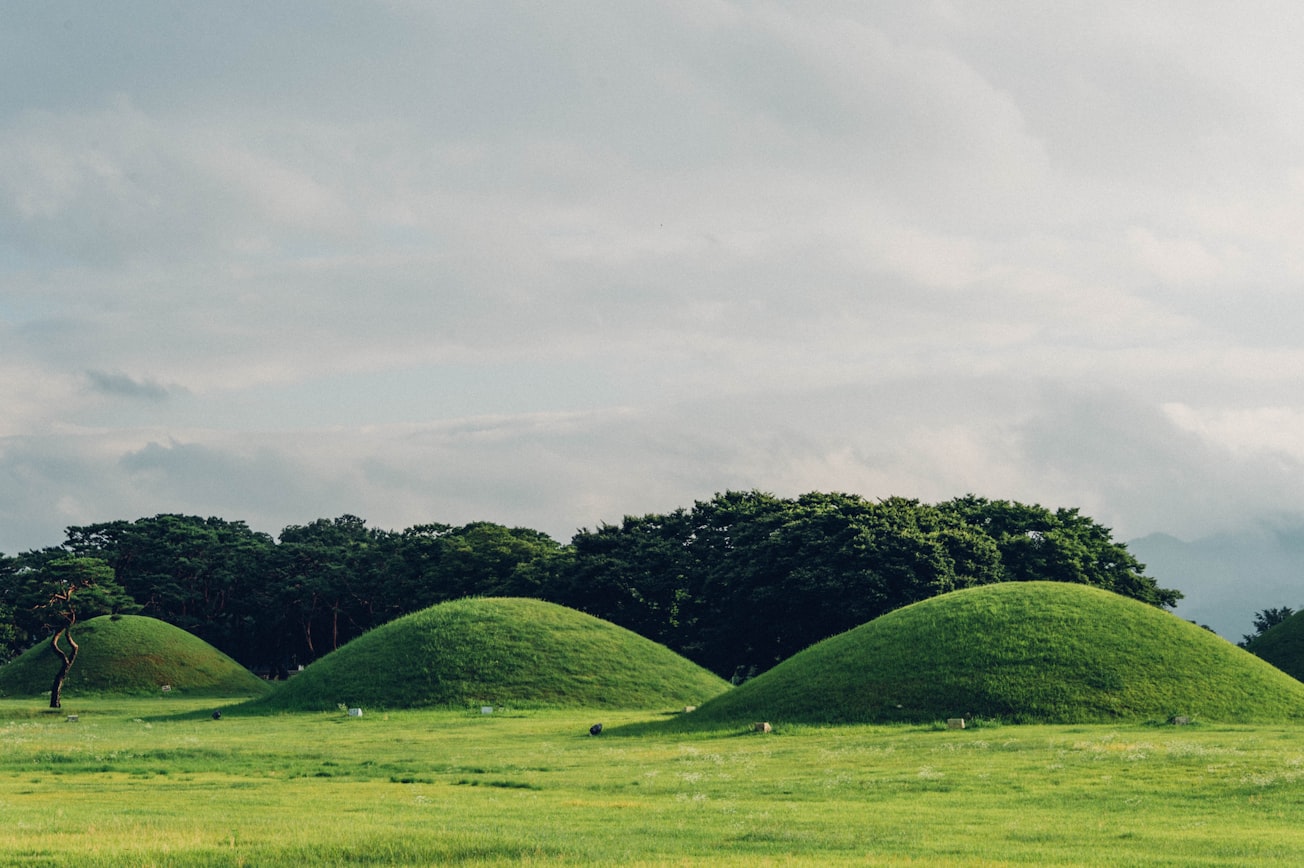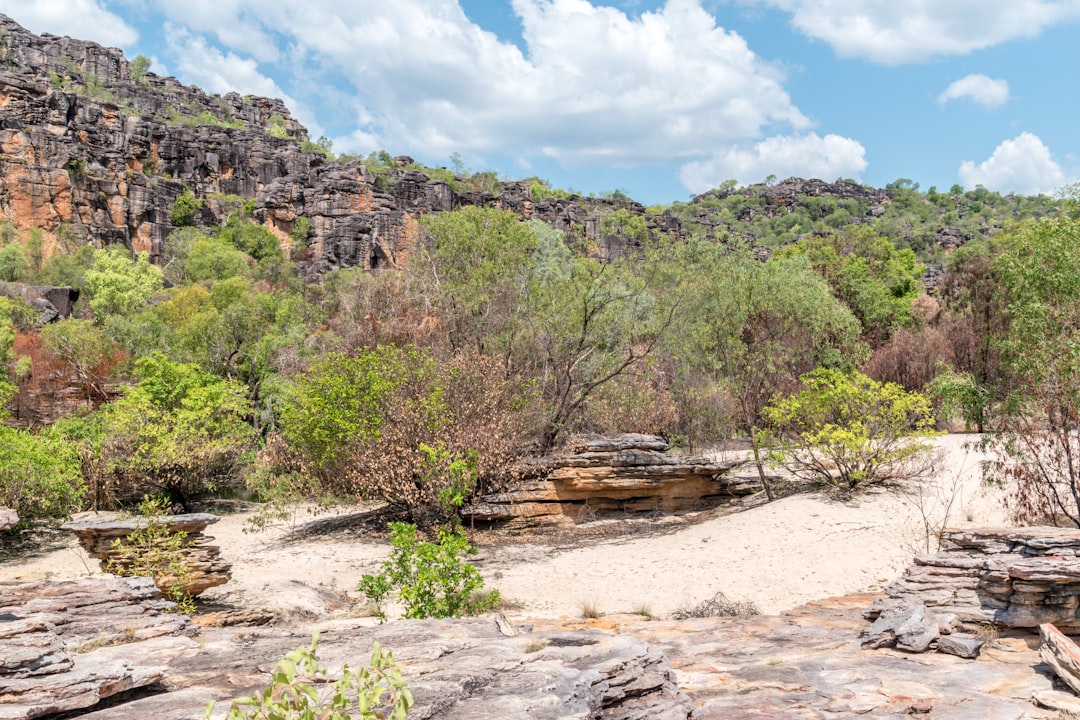What is it about?
The Bronze Age barrow groups of Wessex have primarily been classified as places of burial where lineages were marked and mourners deployed to create mythologized links with the recently dead and the ancestors. These chalkland barrow cemeteries are associated with a range of barrow forms – bowl barrows and ‘fancy’ barrows, the latter comprising disc, bell, pond and saucer types. Whilst funerary activity was undoubtedly an important activity within these barrow groups, this paper examines the evidence for other forms of ritual practice within one particular barrow type, the saucer barrow, and considers whether there was more to ritual activity in Wessex barrow cemeteries than the disposal of the dead and the commemoration of ancestors.
Featured Image

Photo by Bundo Kim on Unsplash
Why is it important?
This paper reviews and reconsiders the role that saucer barrows played in Early Bronze Age barrow cemeteries
Read the Original
This page is a summary of: Saucer Barrows: Places for Ritual within Wessex Early Bronze Age Chalkland Barrow Cemeteries, Oxford Journal of Archaeology, October 2014, Wiley,
DOI: 10.1111/ojoa.12041.
You can read the full text:
Contributors
The following have contributed to this page










